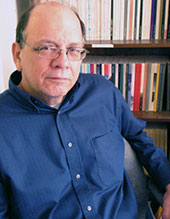 New Letters Editor Robert Stewart asks “Does art do much good?”
New Letters Editor Robert Stewart asks “Does art do much good?”
In his Editor’s Note, “Making What Matters,” Stewart shares, “In my home city recently, a 10-year-old girl named Machole and a 6-year-old girl named Angel, in separate events, were shot dead by gunfire. Machole was in her own living room when someone in a car shot several times into her house; Angel was walking out the door of a convenience store with her father. Other children continue to suffer abuse and violence, yes, but these two events, nine days apart, have caused many people here to examine the kind of landscape—city and country—we have shaped for our children.”
Go to the National Art Education Association News page on any given day, and you’ll see comment after comment from leaders across the nation proclaiming the importance of the arts in education, of turning and keeping the A in STEM for STEAM. It’s not a new struggle among cultures, among communiites, as Stewart notes the Trappist monk Thomas Merton “in a 1962 letter, where he confessed to being disheartened by evil in the world, despite his own writings and art. ‘Tell me,’ Merton wrote to his friend, “am I wasting my time?'”
It’s a question and concern that pervades and surfaces, resurfaces, confronts and confounds wirters, artists, educators, politician and policy makers. While Stewart answers the question in his commentary, an answer found through reading the works of authors in the journal and concluding on the worth and value of their efforts. A worth and value we need to retain and remind others of every chance we get.

 Plan your events now! The Black Caucus of National Council of Teachers of English (NCTE) and NCTE are hosting
Plan your events now! The Black Caucus of National Council of Teachers of English (NCTE) and NCTE are hosting  In addition to the cover image, the Winter 2014 issue of
In addition to the cover image, the Winter 2014 issue of 

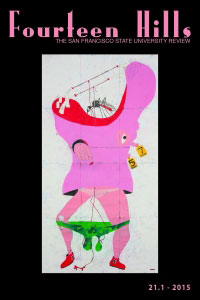 Because this cover made me look twice and then keep looking to really get the full sense of the image,
Because this cover made me look twice and then keep looking to really get the full sense of the image, 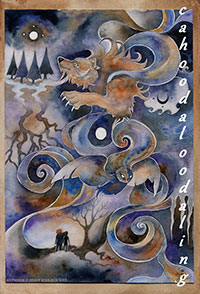 From the online magazine,
From the online magazine, 


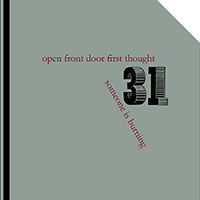
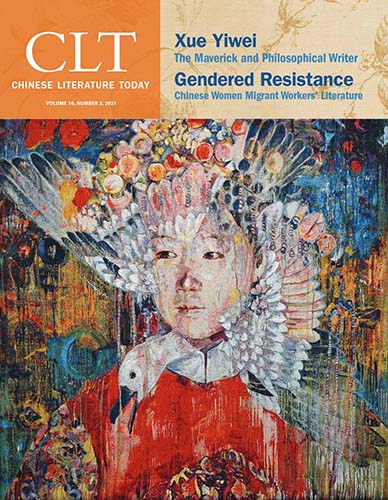 Modern short fiction highlights the newest issue of
Modern short fiction highlights the newest issue of  Mediterraneans is the subject of
Mediterraneans is the subject of 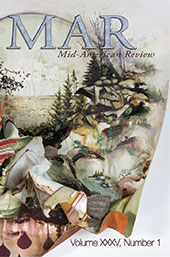 The newest issue of
The newest issue of 

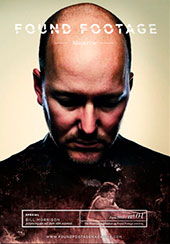 Found Footage Magazine
Found Footage Magazine Skin is the special focus of
Skin is the special focus of 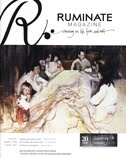
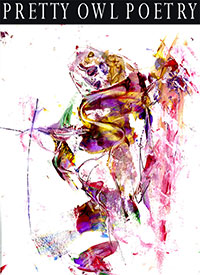
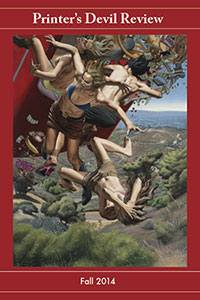
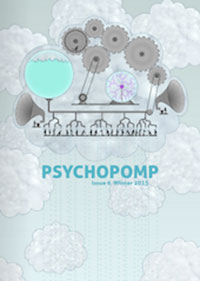
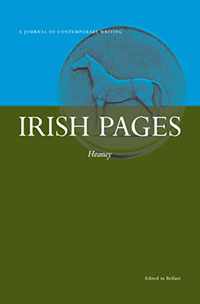 Edited by Chris Agee and Cathal Ó Searcaigh, the newest issue of
Edited by Chris Agee and Cathal Ó Searcaigh, the newest issue of 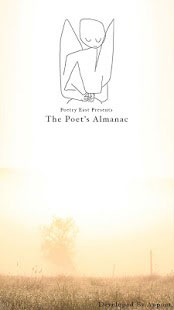
 While science, technology, engineering and mathematics – STEM – is the recent focus in education, I am pleased to find pockets where the value of arts is retained: STEAM. The online literary/arts journal
While science, technology, engineering and mathematics – STEM – is the recent focus in education, I am pleased to find pockets where the value of arts is retained: STEAM. The online literary/arts journal 
 The
The 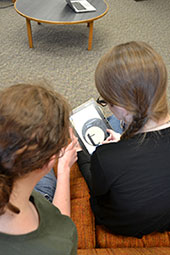

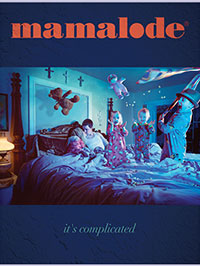
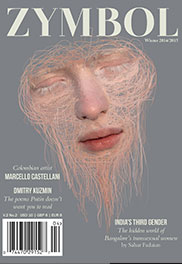
 First place: Eva Lomski [pictured], of Melbourne, Australia, wins $1500 for “The Things We Build.” Her story will be published in Issue 96 of Glimmer Train Stories.
First place: Eva Lomski [pictured], of Melbourne, Australia, wins $1500 for “The Things We Build.” Her story will be published in Issue 96 of Glimmer Train Stories.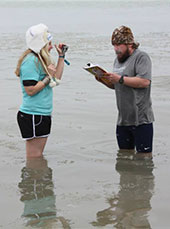 $50 knees
$50 knees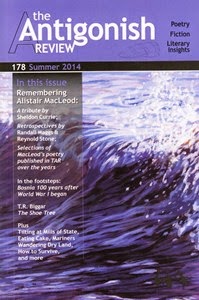 The newest issue of
The newest issue of 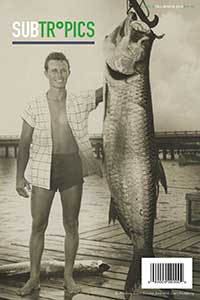 I’ve noticed lately that print literary journals take a variety of approaches to how they use the back cover of their publication. Their backsides might be completely blank, carry over the cover art from the front, feature a separate artwork, be a money-making ad spot for anything from creative writing programs to publishing to chocolates, list contributors – and perhaps even include a tag line for the works inside.
I’ve noticed lately that print literary journals take a variety of approaches to how they use the back cover of their publication. Their backsides might be completely blank, carry over the cover art from the front, feature a separate artwork, be a money-making ad spot for anything from creative writing programs to publishing to chocolates, list contributors – and perhaps even include a tag line for the works inside.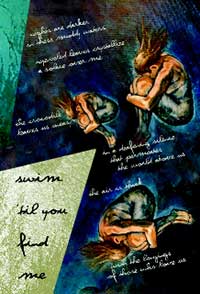 Subscription that is! Still looking for a great gift for someone on your list? One of my favorites is
Subscription that is! Still looking for a great gift for someone on your list? One of my favorites is  The Winter 2014 issue of
The Winter 2014 issue of 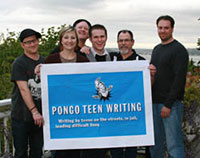 According to founder, writer, and teacher Richard Gold, “The Pongo methodology serves multiple audiences: (1) Therapists and teachers who work with at-risk youth, in private practice or through agencies or in special schools; (2) College students, therapists, artists, and teachers who are interested in starting writing programs in jails, shelters, hospitals, and special schools; (3) College students and faculty in schools of social work, medicine, creative writing, psychology, and education; (4) Staff in institutions, such as jails and hospitals, who are interested in expanding their programming. Multiple agencies, colleges, and institutions can come together to sponsor a Pongo visit and training.”
According to founder, writer, and teacher Richard Gold, “The Pongo methodology serves multiple audiences: (1) Therapists and teachers who work with at-risk youth, in private practice or through agencies or in special schools; (2) College students, therapists, artists, and teachers who are interested in starting writing programs in jails, shelters, hospitals, and special schools; (3) College students and faculty in schools of social work, medicine, creative writing, psychology, and education; (4) Staff in institutions, such as jails and hospitals, who are interested in expanding their programming. Multiple agencies, colleges, and institutions can come together to sponsor a Pongo visit and training.”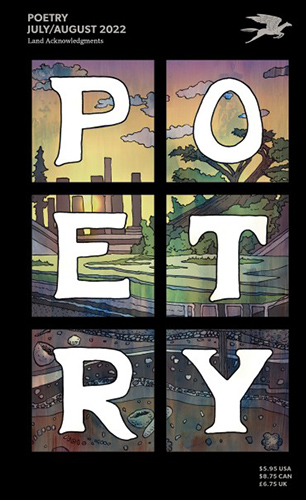 Disability and Poetry is the topic of discussion in the
Disability and Poetry is the topic of discussion in the 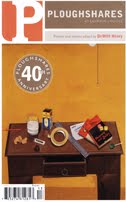 The newest issue of
The newest issue of